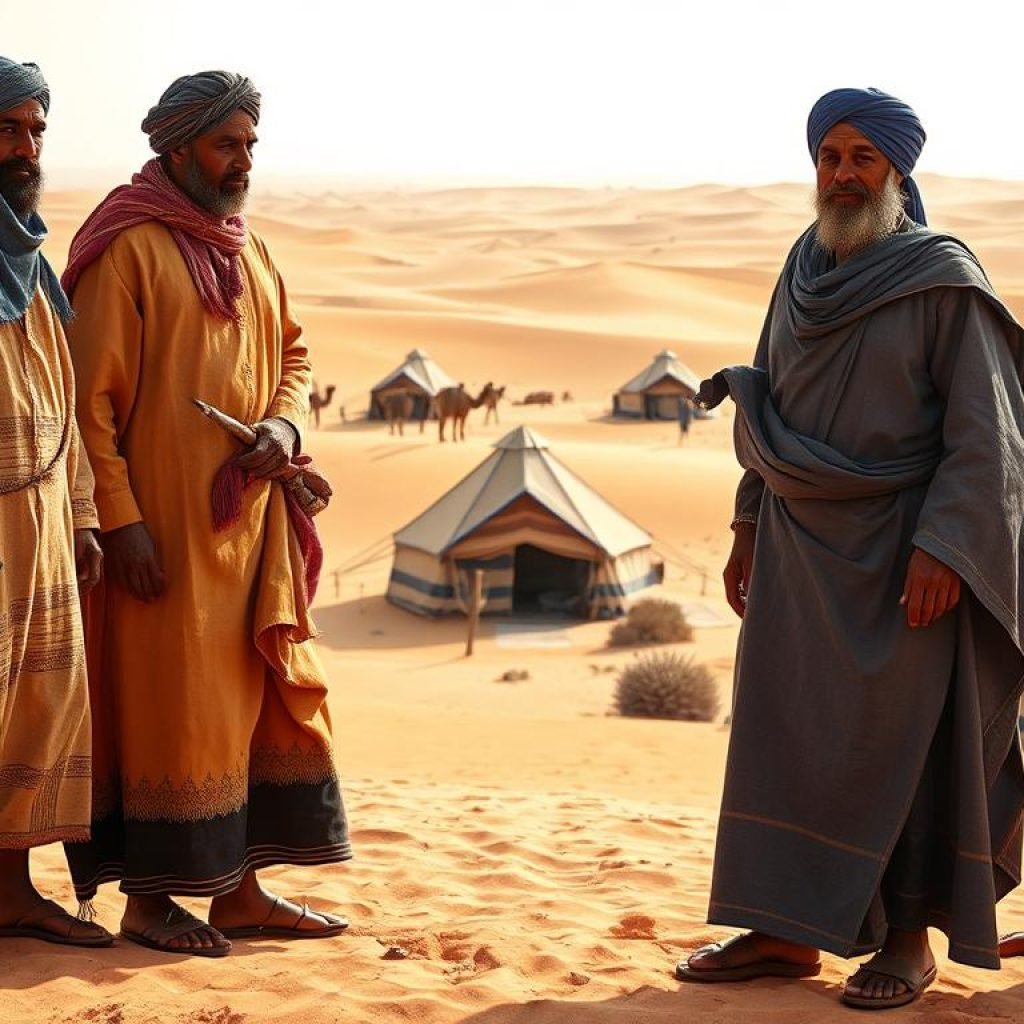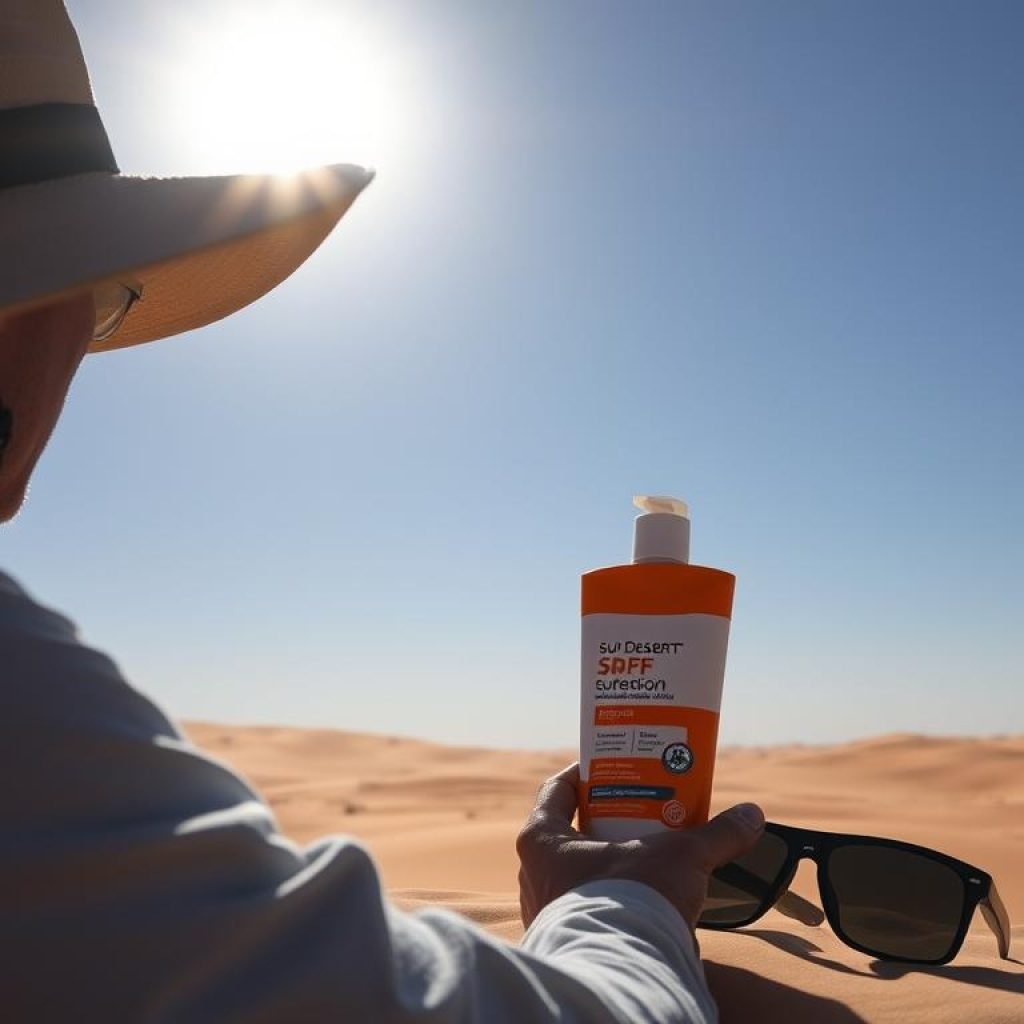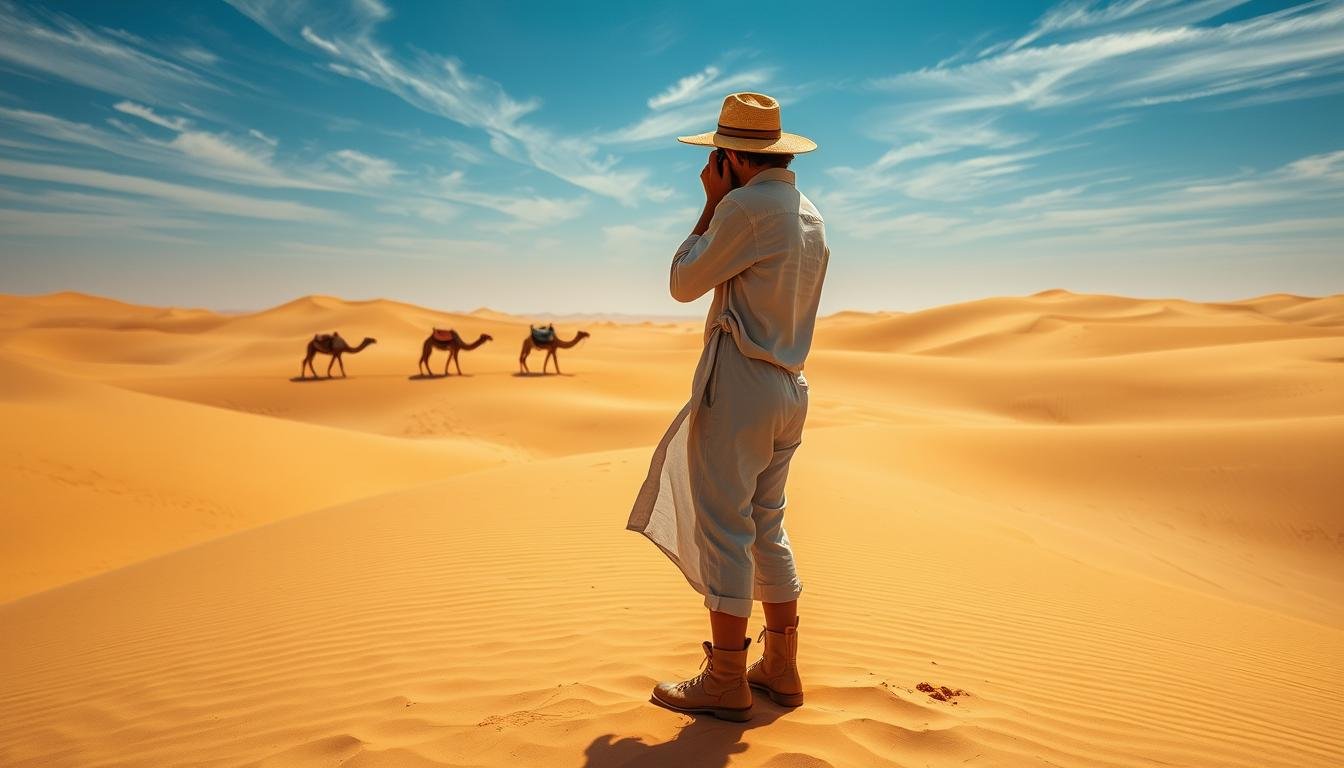Are you excited to capture the Sahara Desert’s beauty through your camera? Wondering what to wear for your Sahara photography adventure? The Sahara is a stunning place with vast dunes, amazing sunsets, and starry skies. It’s perfect for desert photography.
Dressing right for the desert is key for a great Sahara photography trip. With the right clothes and gear, you can focus on taking amazing photos. This article will give you tips to enhance your Sahara Desert photography experience.
Introduction to Sahara Desert Photography
The Sahara Desert is a photographer’s dream, with its golden sunrises and vibrant sunsets. By following expert tips, you can capture the desert’s beauty, people, and culture. Your Sahara photography trip will be unforgettable.
Key Takeaways
- Understand the Sahara Desert climate and geography to capture the best shots
- Use expert Sahara Desert Photography Tips to improve your desert photography skills
- Pack essential clothing and gear for a comfortable and successful Sahara photography trip
- Learn about the best time to visit the Sahara Desert for optimal photography conditions
- Respect the local culture and environment to ensure a positive and enriching Sahara photography experience
- Stay hydrated and take care of your health to maintain your energy levels throughout the trip
- Be prepared for the challenges of desert photography and stay flexible to make the most of your Sahara Desert tour
Understanding the Sahara Desert Climate
Planning a trip to the Sahara Desert means knowing about the extreme temperature changes. These changes are key for Photography in the Sahara, especially during sunrise and sunset. The Sahara’s unique landscapes and formations are perfect for Desert landscape photography.
The Sahara’s climate is very hot during the day and very cold at night. To get the best Capturing Sahara Desert shots, plan your activities with the temperature in mind. The best time to visit is from October to February, when it’s milder and the sun is less harsh.
- Temperature variations: Be prepared for extreme temperature fluctuations, with temperatures often dropping significantly at night.
- Weather patterns: Research the weather patterns during your planned visit and pack accordingly.
- Best time to visit: The winter months are ideal for visiting the Sahara Desert, but the summer months may be better for capturing unique landscape shots.
Understanding the Sahara Desert’s climate helps you plan better. This way, you’ll capture amazing Photography in the Sahara and enjoy your desert adventure.
Essential Clothing for a Sahara Adventure
When you head into the Sahara Desert, wearing the right clothes is key. For Sahara travel photography, choose lightweight, breathable fabrics like cotton or linen. These keep you cool and comfy while you take amazing photos for your Sahara photo guide.
To get the most out of your Tips for shooting in the desert, dress in layers. This is because the desert can get really cold at night. Wear loose clothes for comfort and to move easily. Also, remember to bring a hat, sunglasses, and sunscreen to shield yourself from the sun.

- Lightweight and breathable clothing
- Loose-fitting pants and shirts
- Layers for temperature changes
- Comfortable hiking boots
- Accessories like hats, sunglasses, and sunscreen
By following theseTips for shooting in the desertand dressing right, you’re set for an amazing Sahara adventure. You’ll take incredible photos for yourSahara photo guide.
Footwear Choices for the Desert
Exploring the Sahara Desert requires the right footwear for safety and fun. Think about what you need for your adventure. Whether you’re into Sahara Desert Photography Tips or just want to see the views, your shoes matter.
Many choose sturdy hiking boots for desert trips. They offer great support and protection on rough Sahara terrain. But, some prefer sandals for hot days. Remember, sandals can expose you to sand and rock injuries, so be careful.
Choosing the right footwear is key. Also, pick socks that wick moisture. This keeps your feet dry and comfy in the desert heat. With the right shoes and socks, your Sahara trip will be comfortable and memorable, whether you’re into Desert photography or just enjoying the views.
Sun Protection Essentials
When you go into the Sahara Desert, protecting yourself from the sun is key. This is true whether you’re into Photography in the Sahara or just want to enjoy the views. The sun’s strong rays can harm your skin and eyes, so it’s important to be prepared.
Start by wearing clothes that block UV rays. This is crucial when you’re outside for a long time. Also, a wide-brimmed hat helps protect your face, neck, and ears.

For your eyes, choose sunglasses with UV protection and polarized lenses. They should fit comfortably. These sunglasses will let you see the Sahara’s beauty while keeping your eyes safe. Don’t forget to use sunscreen often and find shade when you can.
Some important sun protection tips include:
- Wear light, breathable clothes for better airflow
- Use sunscreen with a high SPF rating
- Drink lots of water to stay hydrated
By following these steps, you can have a safe and fun time in the Sahara Desert. Whether you’re there for Photography in the Sahara or just to see the Desert landscape photography, you’ll be ready.
Accessories to Pack for the Sahara
When you head into the Sahara Desert, it’s key to pack the right accessories. This ensures a comfortable and fun trip. For those into Sahara travel photography, the right gear is vital. A good camera is essential for capturing stunning desert photos, and Tips for shooting in the desert can be found in many Sahara photo guide resources.
Don’t forget a scarf to protect you from the sun and wind. It also adds a splash of color to your look. A backpack or daypack is also a must for carrying your gear, like water bottles and hydration packs.
Choosing between backpacks and daypacks depends on your trip length and gear needs. A good backpack keeps you organized and comfortable. A daypack is better for shorter trips. Remember to pack enough water and consider a water filtration system to stay hydrated.
Other must-have accessories include:
- Sunglasses with UV protection
- A hat with a wide brim
- Sunscreen with high SPF
- A first-aid kit
With these accessories and Tips for shooting in the desert, you’ll be ready for your Sahara adventure. You can then focus on taking amazing photos with the help of aSahara photo guide.
Importance of Staying Hydrated
Exploring the Sahara Desert, whether for Desert photography or just to see its vast dunes, requires staying hydrated. The desert’s harsh environment, with extreme temperatures and limited water, demands it. Drinking plenty of water throughout the day is key to avoiding dehydration.
Drinking 2-3 liters of water daily is a good start, but it can change based on how active you are and the weather. For those into Sahara Desert Photography Tips, staying hydrated helps keep your energy and focus up.
Recommended Daily Water Intake
- Drink at least 2-3 liters of water per day
- Adjust according to individual factors, such as physical activity and climate
- Avoid caffeinated and sugary drinks that can exacerbate dehydration
Signs of Dehydration to Watch For
Knowing the signs of dehydration is crucial. Look out for headaches, fatigue, and dark urine. If you notice these, take breaks to rest and drink more water. For Sahara photography lovers, staying hydrated is essential to get that perfect shot.
Navigating the Sand: Tips for Comfort
Exploring the Sahara Desert requires preparation for the sandy terrain. Whether you’re into Photography in the Sahara or just want to see the views, moving through the sand can be tough. It’s important to take steps to stay comfortable and safe.
To avoid blisters and keep sand out of your shoes, wear sturdy hiking boots. Use gaiters or sand guards to keep sand from getting in. Also, bring a small brush or cloth to clean your clothes and gear from sand.
If you’re into Capturing Sahara Desert shots, watch out for the sand. It can damage your camera. Use a camera cover or bag to protect it. The sandy terrain is great for Desert landscape photography, but safety comes first.
Here are some tips for navigating the sand:
- Wear comfortable and sturdy shoes
- Use gaiters or sand guards to keep sand out
- Bring a small brush or cloth to clean your gear
- Be careful of the sand and its effects on your equipment
Nighttime Needs: Staying Warm
As the sun sets over the Sahara Desert, the temperature drops. It’s crucial to be ready for cooler nights. When planning your Sahara travel photography trip, remember to pack warm clothes. A fleece jacket or hat will keep you cozy at night.
This is also a great chance to practice your Tips for shooting in the desert. You can capture the stunning stars and moonlit dunes.
Preparing for Cooler Nights
To stay warm, bring a sleeping bag or blanket. Look for materials that are breathable, moisture-wicking, and insulated. A warm drink, like tea or hot chocolate, can also keep you cozy.
For more tips on preparing for your trip, check out a Sahara photo guide or online resources.
Sleeping Gear for Desert Nights
When picking your sleeping gear, think about a few things:
- Breathability: Choose materials that let air and moisture pass through.
- Insulation: Pick gear that keeps you warm in the cold desert nights.
- Comfort: Go for gear that’s comfy and supports a good night’s sleep.
Cultural Sensitivity in Attire
When you visit the Sahara Desert, remember to respect local customs and traditions. Think about cultural sensitivity when choosing what to wear. This is key when meeting local people, as it can make your trip better and your Sahara Desert Photography Tips more meaningful.
Wearing modest clothes shows respect and builds trust with locals. This can lead to more genuine and valuable photos. So, dress in a way that covers your shoulders and knees.
Remember, Desert photography is about capturing the landscape and the people. To show respect, wear clothes that cover your shoulders and knees. This helps you blend in and shows you care about the local culture. Choose lightweight, breathable fabrics that are both comfy and respectful.
- Loose-fitting clothing that allows for ease of movement
- Comfortable footwear that can handle the desert terrain
- Accessories that add a touch of cultural sensitivity, such as a scarf or a hat
Being thoughtful with your clothes makes your trip better for you and the locals. It improves your Sahara photography experience.
Packing Smart: What to Leave Behind
When you’re getting ready for a Sahara Desert trip, packing smart is key. You want to avoid carrying too much. Think about what you really need for a good time. For example, if you love Photography in the Sahara, bring your camera and lenses. But, you can skip items like hair dryers or irons.
While you’re out in the desert, you’ll find lots of great spots for Capturing Sahara Desert shots. Make sure to bring important things like water bottles, sunscreen, and a first-aid kit. This will help you enjoy your time even more.
- Leave behind heavy or bulky items that you don’t need.
- Pack essential gear like cameras, lenses, and water bottles.
- Consider packing a portable charger or power bank to keep your devices charged.
By packing smart, you’ll have a better time in the Sahara Desert. You won’t have to worry about heavy bags or things you don’t need.
Final Tips for Enjoying Your Sahara Tour
Getting ready for your Sahara Desert adventure? Keep your mind open. Planning and packing are key, but also be ready for surprises. The Sahara Desert changes fast, so your Sahara travel photography plans might need to change too.
For amazing Sahara Desert photos, use your curiosity and love for exploration. Try new things and angles. Photographing the Sahara Desert is all about seeing the world in a new way.
Enjoy every second of your Sahara Desert trip. Dive into the culture and stunning views. With a flexible mindset, you’ll make unforgettable photos and memories.




Comment (0)